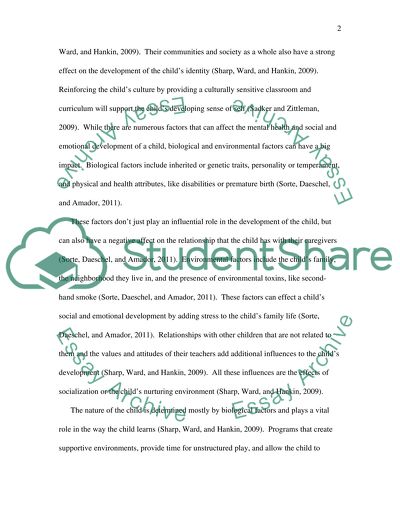Cite this document
(“Review Based on the Book Educational Studies Essay”, n.d.)
Retrieved de https://studentshare.org/education/1390397-review-based-on-the-book-educational-studies
Retrieved de https://studentshare.org/education/1390397-review-based-on-the-book-educational-studies
(Review Based on the Book Educational Studies Essay)
https://studentshare.org/education/1390397-review-based-on-the-book-educational-studies.
https://studentshare.org/education/1390397-review-based-on-the-book-educational-studies.
“Review Based on the Book Educational Studies Essay”, n.d. https://studentshare.org/education/1390397-review-based-on-the-book-educational-studies.


